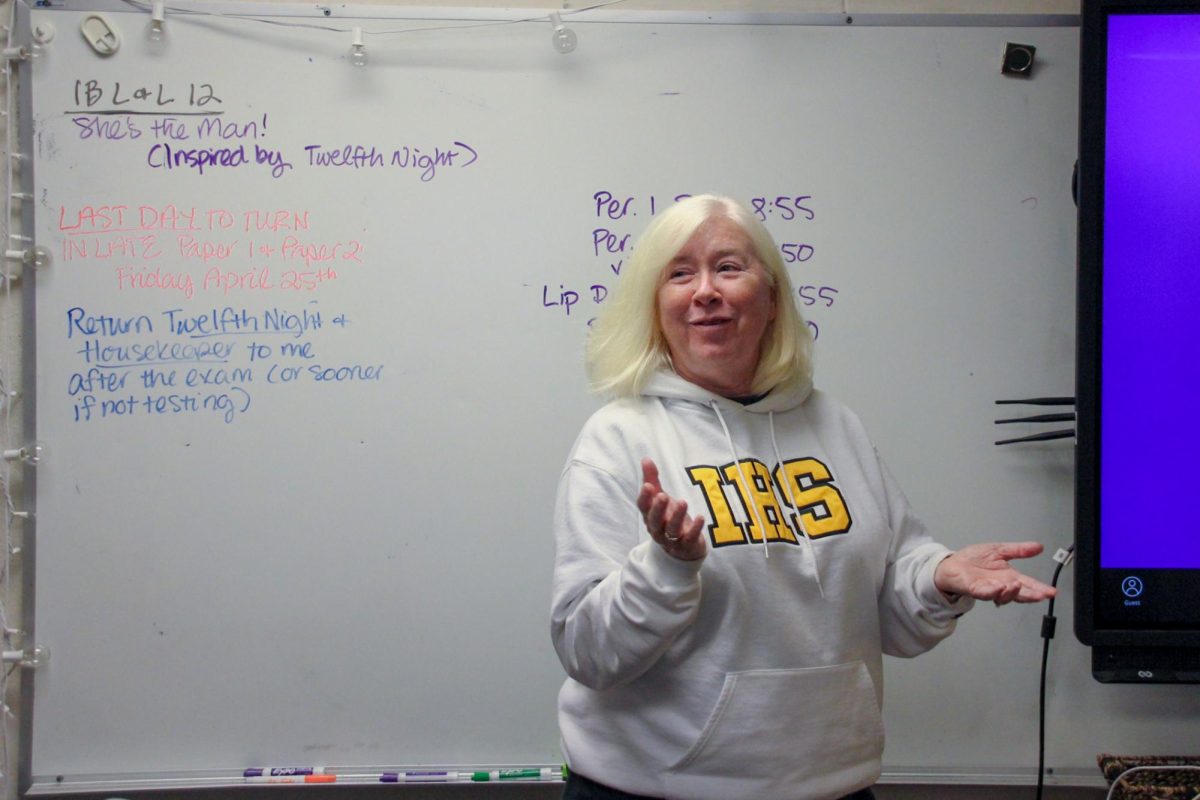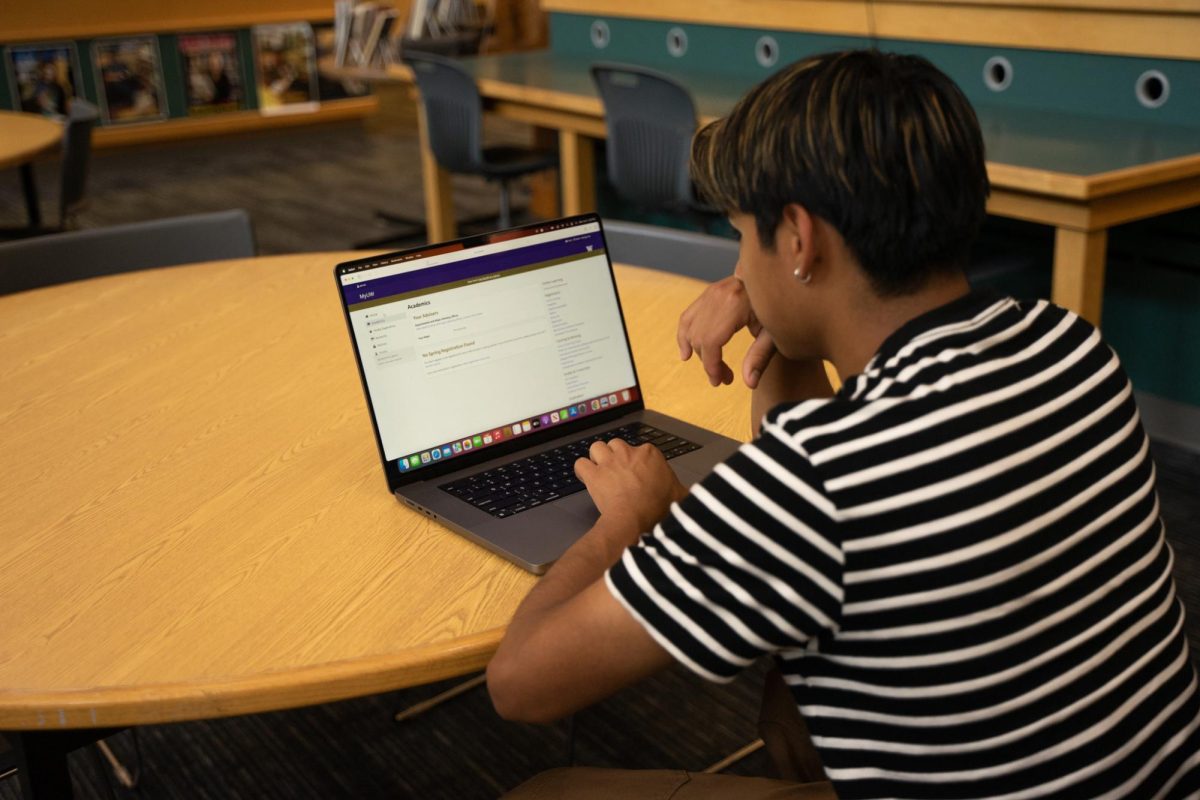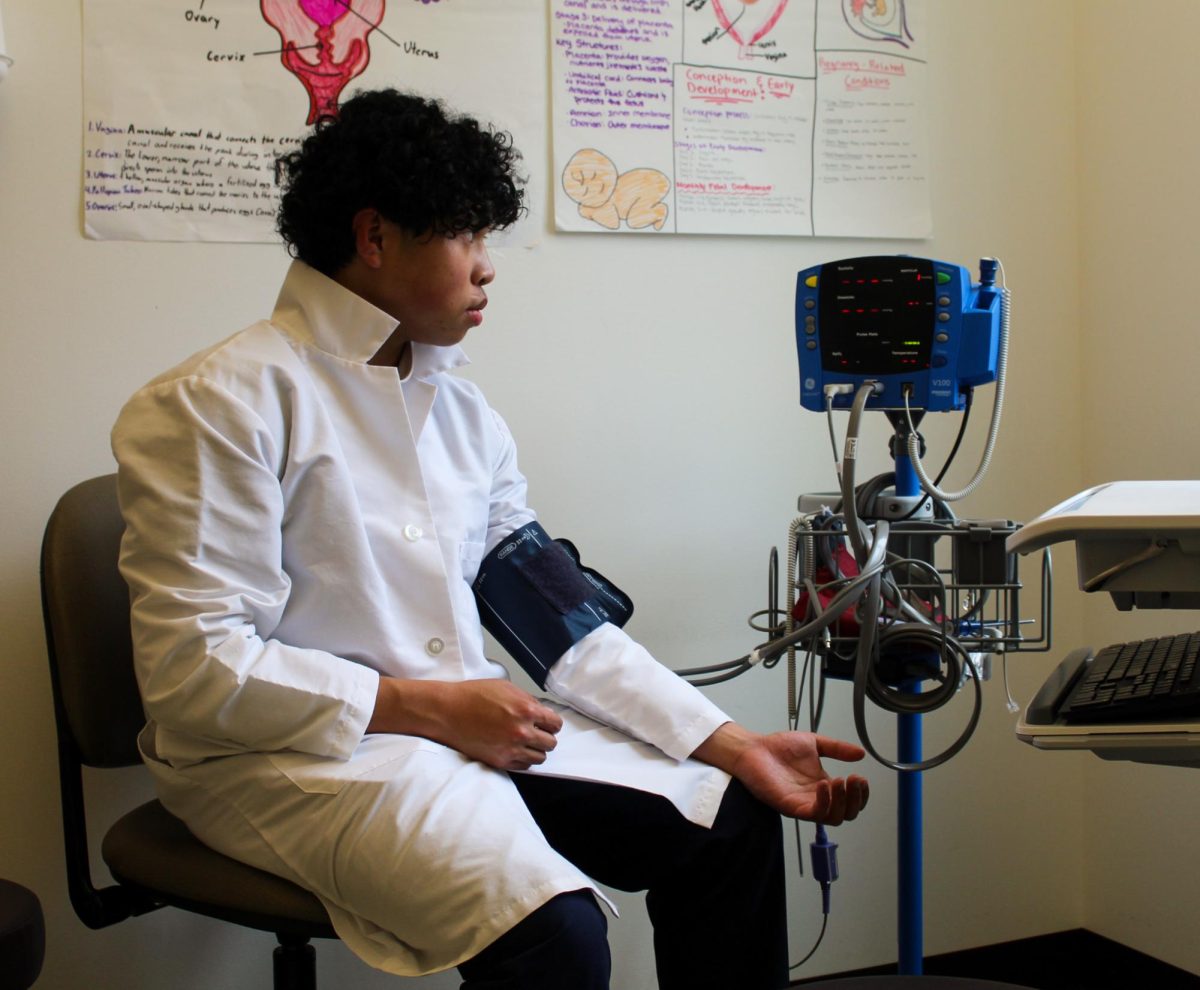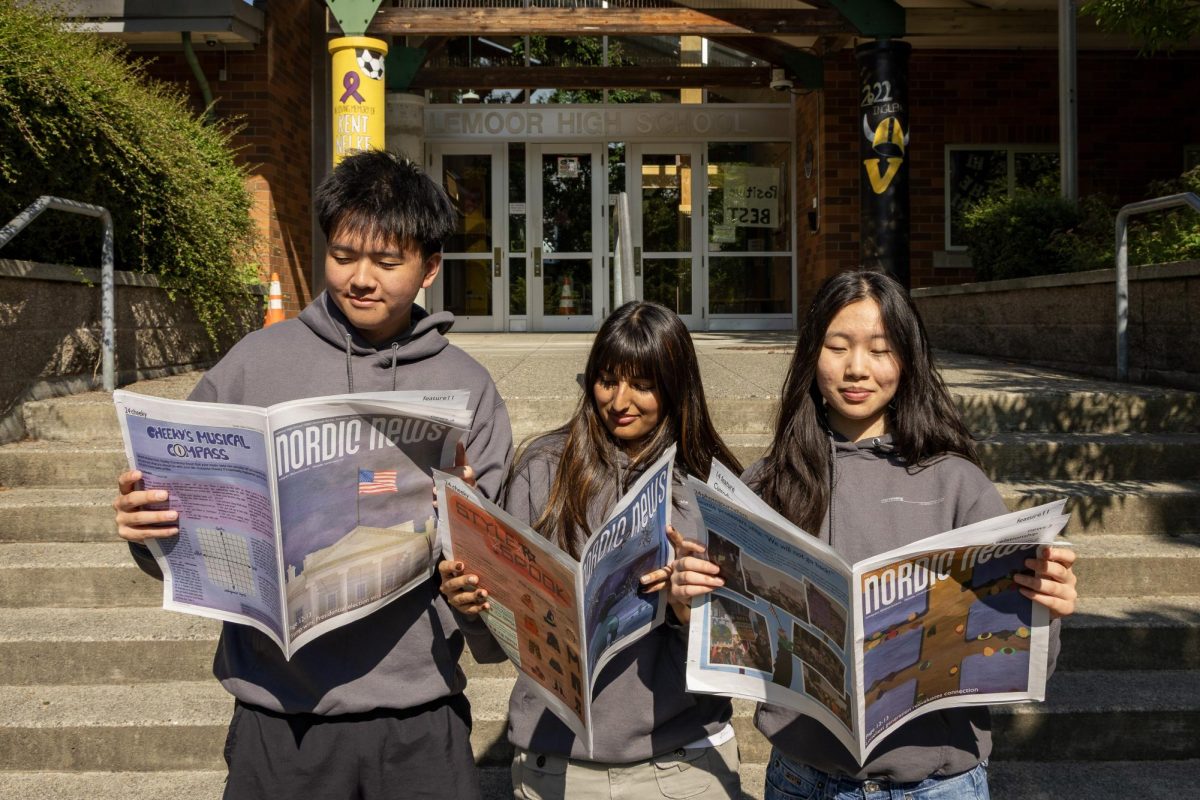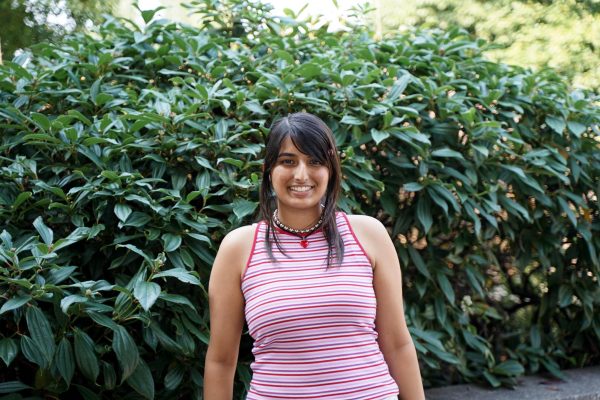The word “ableism” is used to define discrimination against those who have mental and physical disabilities. In addition to obvious harassment, bullying and ignorance, ableism can also come in subtler forms, such as catering to the needs of the majority of the student population rather than making things accessible to everyone.
“It’s both the subconscious and the conscious intolerance of people who do not fit your standards of what people should be like,” said junior Sierra Carlson (she/her).
Ableism comes in many different forms. Whether it’s implicit or explicit, ableism is deeply ingrained in the public school system, from steep ramps and inaccessible teaching methods to bullying and harassment.
“Ableism is more of a societal or cultural focus on what’s considered a normal ability. So an example of that might be how everyone can use a ramp. If you put in a ramp, everyone can use it, but if you put in stairs, the majority of people can use it. It’s focusing on that specific ability,” said paraeducator Ashley Allemeier (she/her).
Students who can access and use stairs across campus generally wouldn’t notice if a ramp or pathway was inaccessible because they have the privilege of having other options.
“Our elevator in the gym breaks down a lot, and so it’s not actually that accessible. Getting to the weight room can be tough — or getting to the locker rooms — because there is a ramp, but it’s way too steep. So, you actually have to go all the way around the new music building because everything else is stairs and the elevator doesn’t work,” said Allemeier.
Inaccessibility isn’t only seen in the campus’ infrastructure. The school bathrooms can display another challenge in navigating campus as a disabled person. Carlson shared her experience as a student with a service dog using and waiting for accessible bathroom stalls.
“As I have a standard poodle who weighs about 47 pounds or so, she is not about to fit in a normal bathroom stall, so I use the accessible bathrooms. There’s a problem that has been commonly brought up, that the accessible bathrooms are not accessible at all because they are commonly used for either vaping or simply a hangout space for people to have lunch.”
Carlson also said that because the wait time for accessible stalls is so long, it’s impossible for her to use the bathroom during passing periods and also make it to class on time. In addition to inaccessible campus designs, ableism at school can also be seen through passive-aggressive, ignorant or outright harmful comments and behavior.
“I have had people bark at my dog multiple times. Not just multiple times, but many times, and so it gets a bit annoying,” said Carlson.
Carlson added that a student once told her to “f*** off” when she asked if they’d use one of the other stalls so she could use the accessible one. Instances of bullies approaching students with disabilities to mimic and tease are not uncommon to come across on campus. Senior Shreya Senthil (she/her) added that ableist behavior isn’t always explicit or confrontational. Students who use ableist slurs in casual conversation, even when not directing these words at people with disabilities, are examples of ableism on campus.
“I used to use the r-word religiously back in middle school,” said sophomore Zahara Williams* (she/her). “I wasn’t really thinking about it. People around me were saying it, and then I would say it.”
Williams later added that no matter what context ableist slurs are used, they still cause monumental harm and shouldn’t be used under any circumstance. Implicit ableism does not need to be explicitly stated. It can also be seen through body language or social cues, such as judgmental looks, staring, or avoiding eye contact.
“I stim** a lot, and when people will look at me in a very direct way like, ‘What are you doing?’ It often makes me feel ashamed,” said junior Nathan Hickey (he/they).
These instances of implicit ableism often make students with disabilities feel like they need to conform to societal norms both inside and outside the classroom. Conformity and masking*** can lead to feelings of shame and isolation. This contributes to internalized ableism, where students with disabilities begin to believe that their disability is a burden or makes them inferior to non-disabled people.
“Sometimes my disability here definitely makes me feel a bit isolated. Sometimes I wish I just didn’t have this disability, it would just be a lot easier if I just didn’t have it,” said Hickey. “Now I feel more accepting, before I wouldn’t even be able to say I have ADHD and autism without feeling ashamed. But now I’m not going to be ashamed of it because I can’t change it, so what’s the point of trying to fix it?”
Because the educational system and campus itself weren’t built with disabled students in mind, they often find themselves falling behind as they try to conform to a system that doesn’t accommodate them. Some disabled students will not have the ability to live on their own or navigate future educational and career opportunities in the same way as non-disabled people. It’s important that teachers and administrators understand disabilities aren’t always visible. Sometimes, teachers’ harsh deadlines and teaching methods can be examples of unintentional ableism.
“I really love teachers who are more flexible. I understand that there are teachers who are like, ‘We need to prepare you for the real world,’ but for some people, the real world cannot be the same standard as it is for other people. To keep people up to these very same standards when there are gaps in what people are able to do is really detrimental,” said Carlson.
Students with disabilities deserve equal educational opportunities and should have access to education without structural and social barriers. Curriculums and campuses aren’t “one size fits all.” By taking time to think creatively, students, teachers and administrators alike can work to root out the many different forms of ableism present within the educational system.
“There’s a lack of compassion or understanding from other students,” said Allemeier. “If you’re not around people who have different experiences from you, you’re just not going to learn that the behavior that feels awkward to you is actually normal for that person. And there’s a really good reason behind it.”





